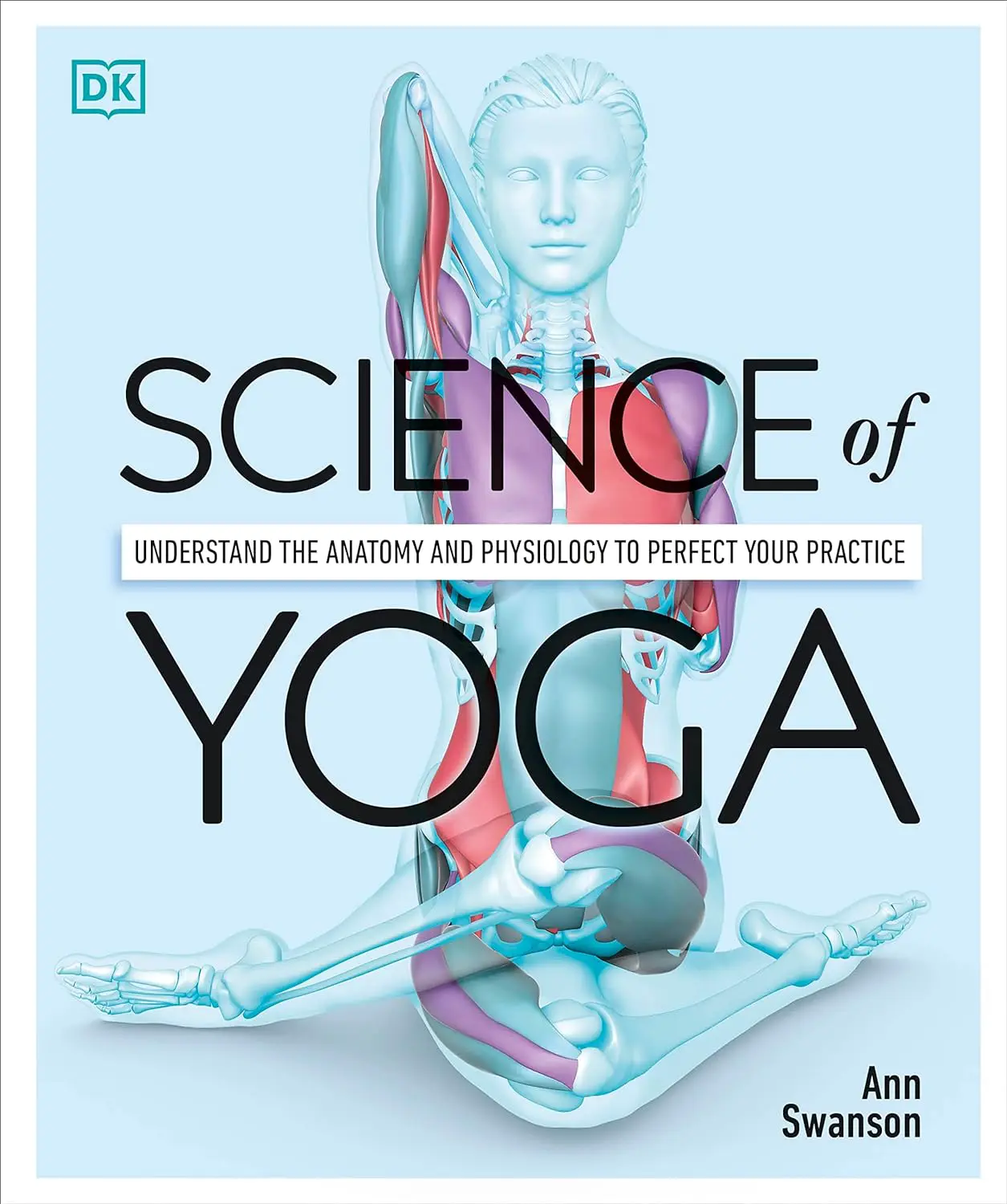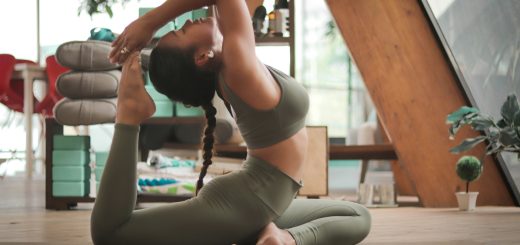Yoga and Exercise: What’s The Relationship Between The Two?

Looking for more amazing products? Check out our online store and explore our collection here! Happy shopping!
Before diving in, please note: This post is for informational purposes only. If you’d like to know more about how we approach topics, feel free to check out our friendly Disclaimer Page.
Hey there, amazing readers! 
We’re committed to delivering quality posts, and your support (even just sticking around despite the ads) means everything to us. So, bear with us, and thanks for helping us keep the good vibes rolling. Now, on to the fun stuff!
TRANSLATE BUTTON AT THE END OF THE ARTICLE
Is it true that yoga combines the benefits of exercise and relaxation perfectly?
Let’s develop a list of the benefits that our perfect kind of exercise would provide for us.
To begin with, it would be easy enough that anybody could perform it, but it would also have enough variants and varied approaches so that someone who had been practicing it for years would still find it interesting.
It would need to be easy to understand in order for folks to take up the fundamentals quickly and begin reaping the rewards as soon as they possibly can.
In order for it to be considered an ideal kind of physical activity, it must be able to maintain our body in a healthy state all by itself.
Losing weight, improving circulation, and building up muscular strength would all benefit from doing this.
It would help the body get rid of waste items, improve the immune response system overall, and promote the circulation of blood as well as the lymphatic system.
It would also offer advantages that extended beyond health, such as making the intellect sharper and giving a person a greater feeling of wellness and satisfaction.
In an ideal world, it would be a kind of physical activity that did not require the purchase of pricey equipment and that could be performed almost anywhere, either by an individual or in a group setting.
This is a somewhat difficult set of requirements to meet in order for a kind of exercise to be considered ideal.
Let’s see whether yoga can live up to these expectations, shall we?
The practice of yoga may be traced back to India, where it first appeared.
The ancient texts on which contemporary yoga is founded date back hundreds of years, but the concepts that underlie these texts were already being put into practice far earlier than that.
It is a kind of exercise with little impact that has been modified and adapted by literally hundreds of different instructors and enthusiasts.
The practice of yoga has developed into a number of distinct “styles,” yet at their heart, they are united by a shared history and set of essential ideas.
In Western culture, when we talk about yoga, we are often referring to the physical practice of a larger philosophical framework for living that has its own set of core principles as well as a code of ethics.
The emphasis in the physical practice of yoga is placed on holding positions and moving slowly, both of which have a minimal risk of injury and often require nothing more than our own bodies.
In order to help the body achieve and maintain a certain stance, it is not uncommon to make use of various props and supports.
The degree of difficulty of the postures may range widely, and even a single stance might have several distinct iterations or phases.
A straightforward forward stretch is the best illustration of this.
Someone may be able to reach their ankles, while someone else might be able to touch the ground when they stretch out their legs.
Still others might be able to extend out farther than their knees.
As we become more consistent with our yoga practice, this level of growth enables us to see a tangible change in the degree to which our flexibility has increased.
And since it does not need any specific equipment, we are not limited to certain class hours; rather, we are free to practice yoga wherever and at any time that strikes our fancy.
Even if we are seated at a desk all day, we may still do breathing exercises to help clear our minds.
Controlled breathing and improved blood flow are two of the primary components that contribute to the remarkable health benefits of yoga.
If they are not getting the oxygen and nourishment they need, the organs in our body simply are not going to be able to perform at their very best.
The lymphatic system is responsible for removing the waste products that are produced by our organs and muscles.
Both systems are susceptible to developing chokepoints and obstructions, which may be addressed and corrected via various yoga positions.
The end result is improved and more regular blood pressure, a stronger and more effective immune system, and a digestion process that works to its full potential.
The concentration on proper breathing in yoga has a significant mental impact on the practitioner as a result of the slow and basic motions involved in the practice.
It enables us to concentrate better and clear our minds of unnecessary clutter, which is a significant benefit.
This is a significant advantage in contemporary life, and its significance is something that should not be minimized in any way.
Finally, a large number of regular yoga practitioners will tell you that yoga has a spiritual component.
The extent to which this aspect of yoga affects an individual will probably be determined by their beliefs before they start practicing yoga, but it is possible that the most accurate way to think about the spiritual component of yoga is as a greater comfort and connection with one’s own body.
A clear correlation may be seen between higher levels of self-acceptance and contentment with one’s own existence and increasing levels of happiness.
Therefore, it seems that yoga does, in fact, meet all of the requirements and may be considered an ideal kind of physical activity.
Achieving the Correct Yoga Poses
Some people refer to yoga as a science because it works toward the goal of achieving a harmonious and balanced development of the body, mind, and soul.
It is a system that gives us the ability to bring culture, equilibrium, and pleasure into our own lives.
It is necessary to have strong mental discipline in order for it to operate, and the ancient beliefs on which it is founded about the relationship between the mind and the body are now frequently backed by current scientific theory.
This indicates that it is effective.
The practice of yoga includes a variety of distinct postures, or exercises.
Cat and cow positions are two examples of this category of yoga postures.
Both begin with you getting down on the floor in an all-fours position and moving forward.
You are in the cat stance when your back is arched upwards like a cat that has been cornered, and you are in the cow pose when your back is lowered and bent down like a cow.
The forward bend is a common sort of exercise that helps stretch the lower back and hamstring muscles.
It’s also a good way to improve flexibility overall.
There are several more benefits to doing forward bends, including the following: In addition to making the spine more flexible, they also relieve stress in the back, neck, and shoulders.
If you have any injuries in the neck or back region, forward bends may be difficult.
However, if you execute them frequently, they can help aid in the healing of these injuries and even strengthen the area so that it can be used in the future.
A rear bend is analogous to its counterpart, the forward bend.
These help to open up the chest as well as the hips and the rib cage.
They not only improve the strength of the arms, but they also improve the strength of the shoulders and the flexibility of the shoulders.
Not only is this kind of exercise excellent for enhancing the stability of the spine, but it is also helpful for alleviating built-up tension along the front of the body and in the hips.
The connection that exists between backbends and forward bends serves as an excellent illustration of the significance of maintaining a balanced body in yoga.
During the fifteenth century, India was the birthplace of the positions that are now known as Hatha Yoga.
They are often presented with the idea of “the contemplation of one reality” as a means to ease participants into a state of calm and facilitate the healing process.
When performed correctly and in combination with appropriate breathing exercises and meditation, these exercises lead to an increase in energy, improved bodily health, and enhanced mental health for the practitioner.
It is fairly common to observe exercises such as the half-moon stance, the bow posture, or the salutation posture even if you are not practicing Hatha Yoga.
Hatha Yoga activities have become a part of a large number of various yoga disciplines throughout the years.
This is due to the fact that the tenets of yoga, as well as the movements and balances that are necessary, remain very similar from one practice to the next.
The twist is another straightforward movement associated with yoga.
Twisting your body will help you build strength and flexibility in your back and abdominal muscles, as well as expand the range of motion in your spine.
They also contribute to an increase in the circulation in your body, which helps provide oxygen supply to the cells in your body.
As you twist, a new supply of blood and oxygen is released, which will boost the functioning of your body’s internal organs.
A standing stance is often used as the first pose to begin a yoga session.
The beginning of a yoga practice should begin with them because they are low stress and low impact.
Standing poses are excellent for the legs and hips, and they also assist in producing a feeling of centering, balance, and, of course, strength in the legs themselves.
A series of positions called Relation and Restorative Poses are often performed towards the conclusion of a yoga session.
This collection of moves is intended to allow the beneficial energies and forces that were released during the yoga session to circulate throughout your body and provide you with the full range of their benefits.

The Enlightenment Journey is a remarkable collection of writings authored by a distinguished group of experts in the fields of spirituality, new age, and esoteric knowledge.
This anthology features a diverse assembly of well-experienced authors who bring their profound insights and credible perspectives to the forefront.
Each contributor possesses a wealth of knowledge and wisdom, making them authorities in their respective domains.
Together, they offer readers a transformative journey into the realms of spiritual growth, self-discovery, and esoteric enlightenment.
The Enlightenment Journey is a testament to the collective expertise of these luminaries, providing readers with a rich tapestry of ideas and information to illuminate their spiritual path.
Our Diverse Expertise
While our primary focus is on spirituality and esotericism, we are equally passionate about exploring a wide range of other topics and niches 

To ensure we provide the most accurate and valuable insights, we collaborate with trusted experts in their respective domains 
Our blog originally focused on spirituality and metaphysics, but we’ve since expanded to cover a wide range of niches. Don’t worry—we continue to publish a lot of articles on spirituality! Frequently visit our blog to explore our diverse content and stay tuned for more insightful reads.
Hey there, amazing reader! 
Check out our store here and take a peek at some of our featured products below! Thanks for being awesome!












